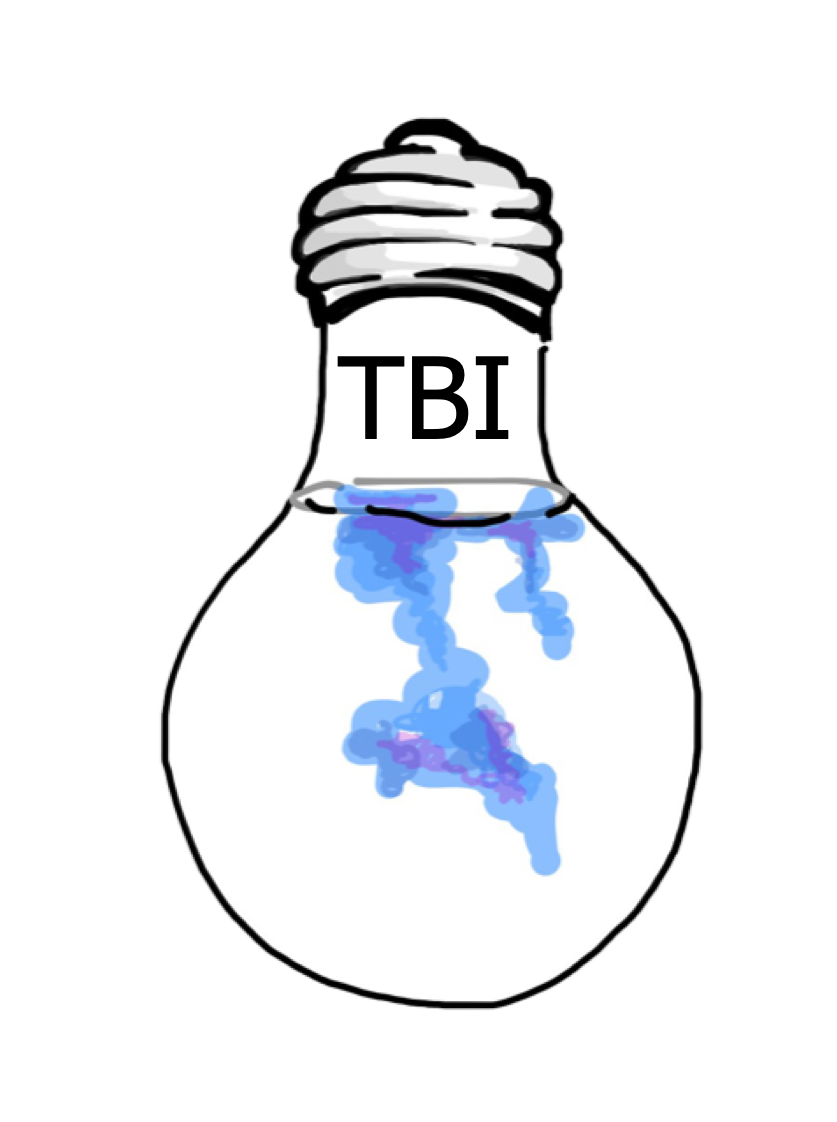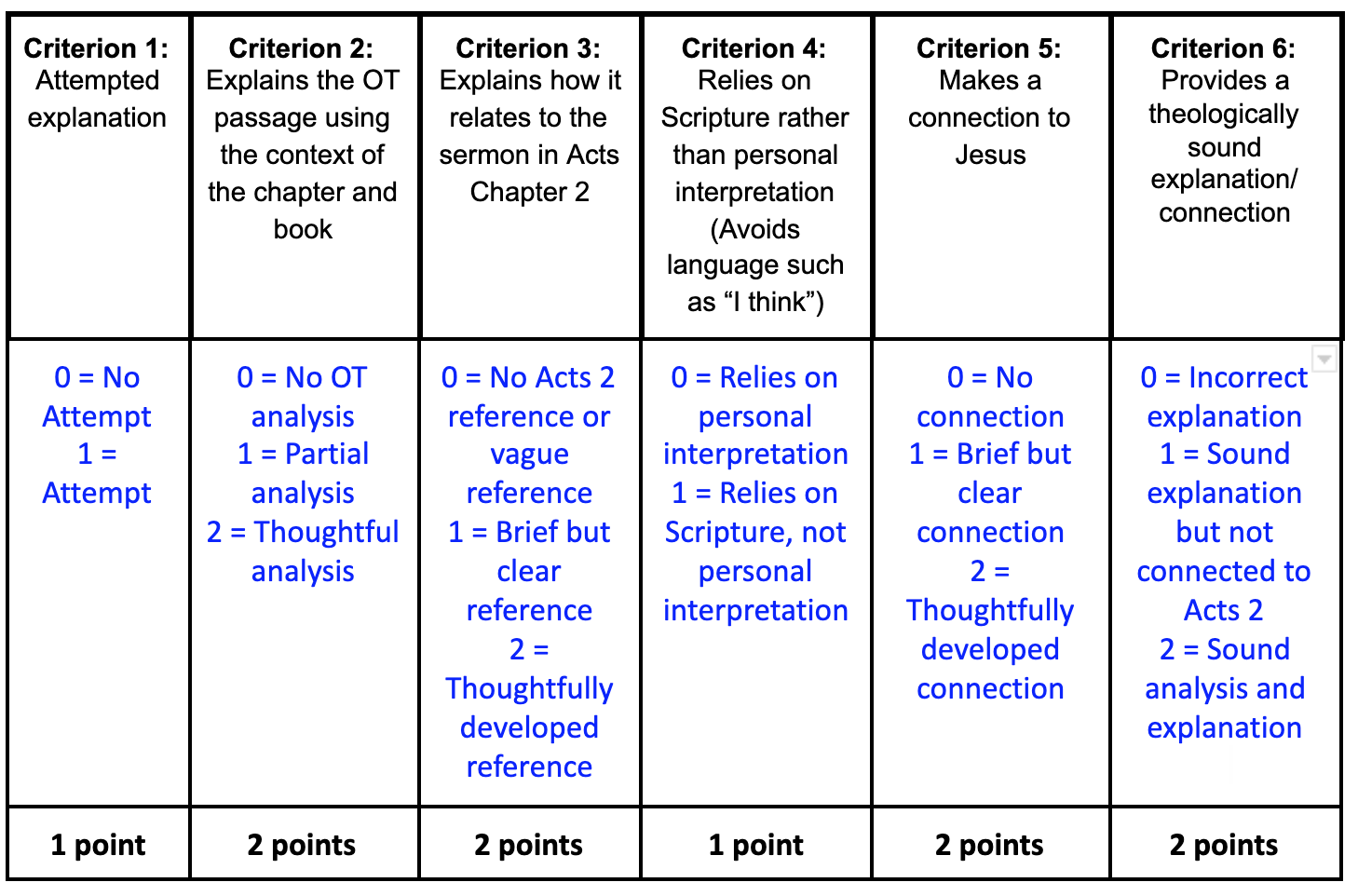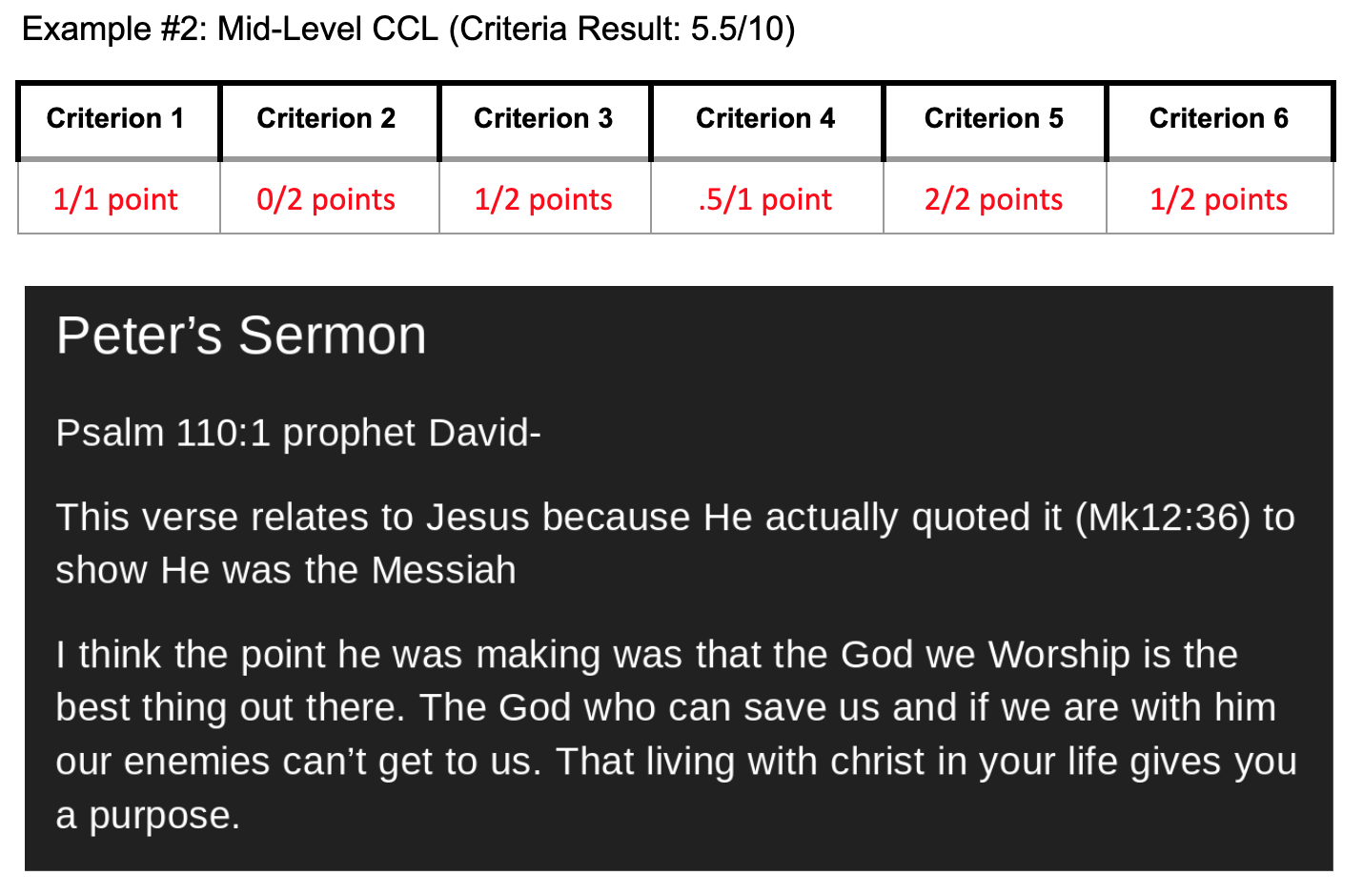Finding Christ on Every Page
LHSS Theology Department: Mr. Scott Akerson, Rev. Joe Cox, Rev. Michael Knippa
Like many adults, as high school students make attempts to read and understand the Bible, they often try to interpret each chapter or verse within the narrow context of the immediate text. Since the historical narrative of Scripture spans two testaments and 66 books, it can be challenging for students to comprehend the full expanse of the divine drama and build a coherent picture of how these many pieces fit together.
The key for unlocking this mystery is the Christocentric lens (CCL). The Bible is the history of salvation recounting the giving of a messiah. We can only understand the Bible by reading all of Scripture through the lens of what it says about that messiah--Jesus Christ. This includes the Old Testament. “Jesus is not part of the Old Testament story; the Old Testament is part of Jesus’ story (Guthrie).”
(https://www.flickr.com/photos/paullew/14185589077/in/photostream/) Copyright License: CC Attribution-NonCommercial-NoDerivs 2.0 Generic (CC BY-NC-SA 2.0)
Christocentric Teaching in Acts 2
Our theology department is working to address this important challenge and help students develop the Christocentric lens for reading Scripture. Specifically, we worked on a lesson for our New Testament course where students were studying Acts Chapter 2 and Peter’s sermon at Pentecost. Peter’s sermon marks the first public example of Christocentric teaching in the early church after Jesus’ ascension.
Our goal was to help students identify and analyze the three Old Testament (OT) references Peter uses in his sermon and to comprehend the significance of these references through the CCL. The OT references included:
(Click on the verses above to read each passage in the ESV)
CCL Practice
We divided the class into six teams of three to five students, two teams assigned to each old OT reference. We configured the student groups so each team would have an assigned leader with more advanced Biblical knowledge. We also provided each team leader with an instructional guide to support their facilitation of the activity and asked them to lead discussion without divulging answers.
The teams’ first task was to individually study and respond to the following questions, designed to help foster a CCL:
Find your assigned quote in the OT. What is the exact location of the passage (book, chapter, and verses)?
Read the quote in its original OT context and read the verses around it. What is (David’s/Joel’s) message about?
How does this OT quote connect to Jesus?
What point is Peter making with this OT quote?
Each team then composed a consensus summary of their analysis and described the main point Peter was making in his use of that specific reference. We trained the leaders in advance with prompts they could use to guide the discussion. Below are some example prompts for the Psalm 110:1 quote in Peter’s sermon.
Psalm 110:1 The Lord says to my Lord: “Sit at my right hand, until I make your enemies your footstool.”
What is David prophesying about? What is the central message of this Psalm?
What does David mean by “The LORD says to my Lord”? How does this connect to Jesus?
After hearing Peter explain this familiar Psalm at Pentecost, what new understanding would the people have about the Psalm?
CCL Recognition
In addition to helping students use the CCL for analyzing Peter’s sermon, we also wanted to help students begin to recognize Peter’s approach in Acts 2 as a general framework for reading Scripture. Our rationale was that repeated use of this framework, with increasing levels of abstract questions, might empower students to progress from simple guided identifications to unprompted CCL application during their own reading. Acts 2 represented a perfect opportunity to begin this work.
To that end, our lesson concluded with a whole-group discussion and analysis of the consensus summaries they composed in their teams. Students analyzed the summaries and elaborated on their explanation of how each OT quote connected to Jesus. We also asked them to consider what they might learn from Peter’s method as they grow in their own reading and understanding of Scripture.
Lesson Results
At the conclusion of the lesson, each student completed one more individual analysis for homework, summarizing the main point for one of the other two quotes they had not studied in their small groups (e.g., students that worked on Joel 2 wrote an analysis for either Psalm 16 or Psalm 110). Students posted their answers on Google Slides as part of their “Faith Portfolio” for the NT course. We established the following six criteria for our analysis of the student work.
Below are example responses and results from two of our twelve case-study students. The first example is from one of the team leaders with a relatively advanced CCL.
The second example is from a mid-level student who demonstrates some strong points in her summary (e.g., makes a clear connection to Jesus) but does not provide a complete analysis of the Psalm in it’s OT context or explain how it relates to Peter’ sermon in Acts 2.
The goal of this assignment was to discover what level of Christocentric analysis our New Testament students were independently capable of after this first intentional application. The evidence showed that students consistently relied on Scripture for their analysis and made clear connections to Christ in their explanations. They showed emerging skills at relating the OT quotes to Acts Chapter 2, but struggled to explain the quotes in the context of the original chapter and book.
What We Learned about Teaching the CCL
Our reflections on this evidence led to several key insights and findings.
Reiterating the centrality of Christ
One of the keys to this lesson was how we intentionally layered each stage of the learning activities to enhance students’ awareness and thinking about the centrality of Jesus. Our findings suggest that weaving this deliberate and consistent emphasis throughout the lesson storyline helped students make connections to Christ on their follow-up assessment.
Creating a safe place for intellectual struggle in the Word
Developing the CCL requires some struggle, hard thinking, repeated application and practice. Administrators and team members who observed the lesson noted how the learning activities provided students with a “safe space to engage in that analysis and struggle.” It’s good for students to grapple with these hard questions while also receiving tools and support to guide their thinking and analysis.
Navigating Scripture with textual dexterity
Perhaps the most difficult aspect of developing the CCL is learning to identify and explain a reference or quote in a given chapter or book by analyzing its original context in another part of Scripture. The Bible sits in front of us as a singular text that we read in the present time but it represents a vast historical period with disparate contexts. We need to find ways of teaching students to think about the time periods they are traversing as they turn these pages of Scripture (e.g., moving between the time period of Acts and the time period of Joel or David), and how analyzing the context of these periods helps them make connections to Christ.
Looking Ahead: Expanding the Framework
As we move forward with both our departmental collaboration and our individual teaching, we plan to expand and refine use of the CCL framework and questions across our curriculum. Based on our work with the Acts 2 lesson, we plan to create a student checklist and perhaps an acronym with key framework elements so students can self-evaluate their own reading and writing assignments on a regular basis.
We also plan to identify anchor lessons in each course which might serve as key opportunities for applying the CCL. Some immediate examples in the New Testament Course include: Peter speaking in Solomon’s portico in Acts 3, Peter and John before the council in Acts 4, Stephen’s message in Acts 7, and the final course assessment on John the Baptist.
With regular application and continued teaching across the theology curriculum, we hope to foster students’ use of the CCL for future study and coursework, participation or service in the church, and lifelong reading of Scripture.





